Low prices for fuel and CO2 emissions make airlines focus on fuel-thirsty speeds
1. Airlines always get what they want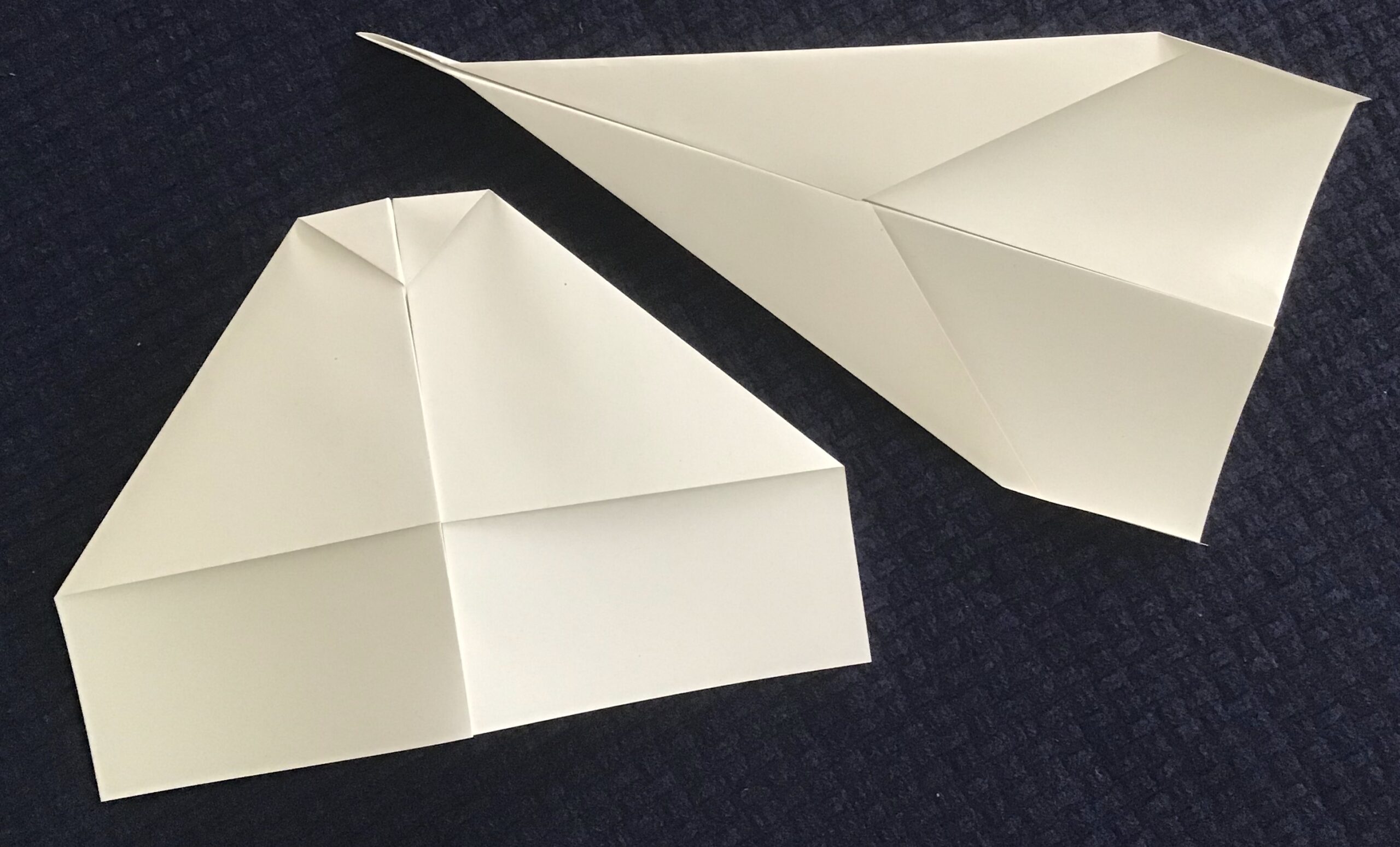 Aircrafts are designed around an airline’s business plan. Designers optimise an aircraft’s fuselage, it’s wings and engines to fly with a specific speed to gain an airline the highest profits. The higher it’s speed, the more fuel an aircraft consumes, but the lower are it’s other costs.A faster aircraft makes more flights <=> earns more money for an airline than slower ones, it’s costs for depreciation, crew and maintenance are lower
Aircrafts are designed around an airline’s business plan. Designers optimise an aircraft’s fuselage, it’s wings and engines to fly with a specific speed to gain an airline the highest profits. The higher it’s speed, the more fuel an aircraft consumes, but the lower are it’s other costs.A faster aircraft makes more flights <=> earns more money for an airline than slower ones, it’s costs for depreciation, crew and maintenance are lower
2. Flying fuel-consuming fast is still much too profitable
Current aircraft fly about 900 km/h. ![]() Slower aircraft would use much less fuel but increase an airlines other costs. For a more sustainable aviation, airlines must get an incentive to shift their focus from speed-related- towards fuel-related-costs. Regulators have to give aviation the required economic stimulus. Aviation’s use of fossil fuels must therefore be taxed to a similar or even higher amount as other means of transports. Only then, aviation will make technological progress towards more sustainability.
Slower aircraft would use much less fuel but increase an airlines other costs. For a more sustainable aviation, airlines must get an incentive to shift their focus from speed-related- towards fuel-related-costs. Regulators have to give aviation the required economic stimulus. Aviation’s use of fossil fuels must therefore be taxed to a similar or even higher amount as other means of transports. Only then, aviation will make technological progress towards more sustainability.
3. Why is it important to slow down for fuel efficiency?
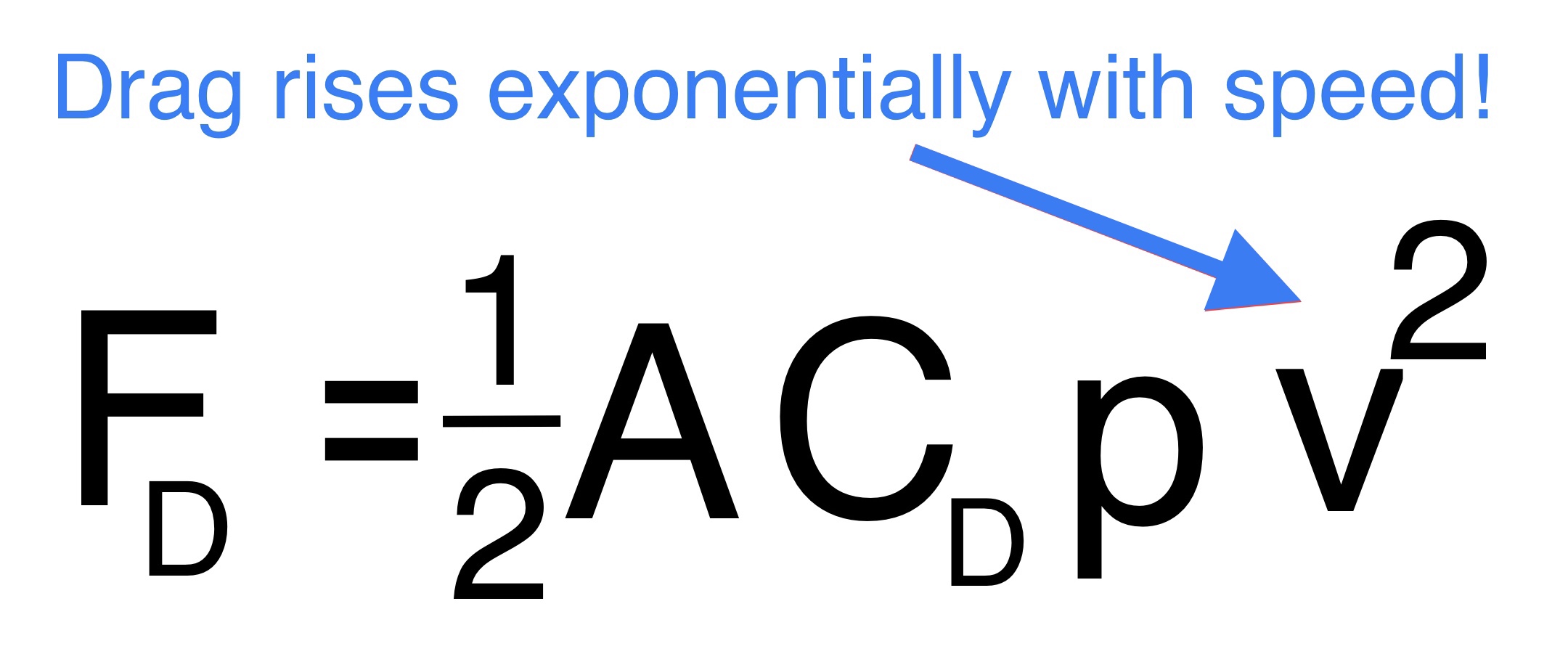
Aerodynamic drag rises exponentially. Any aircraft, that is designed to fly half of the current speed, e.g. 450 km/h must overcome 75% less aerodynamic drag, resulting in 75% less fuel flow. Wings, engines and tanks can therefore also be lighter. Even though it’s flying time doubles, it would still consume 50% less fuel per sector than the an airplane flying at 900 km/h.
4. Aviation needs a financial stimulus to build these airplanes
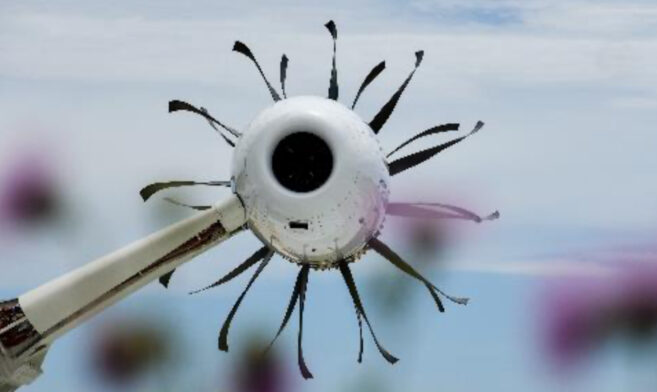
For the best results, aircraft manufacturers have to design new airplanes, with new kinds of engines, wings and fuselages that are optimised for fuel efficiency. These technologies are available, e.g. Boeing’s Dreamliner consist primarily of composite materials and Airbuses fly currently with geared turbo-fan engines. Both technologies are breakthroughs towards radically more efficient commercial aircrafts. See below a list of new technology concepts (2020-2035). Note: Technology Readiness Levels (TRL) 8 indicates “flight qualified” and TRL 7 “system prototype demonstration”. However, without a decisive economic stimulus, higher prices for the use of kerosene, these technologies will not get into the air.
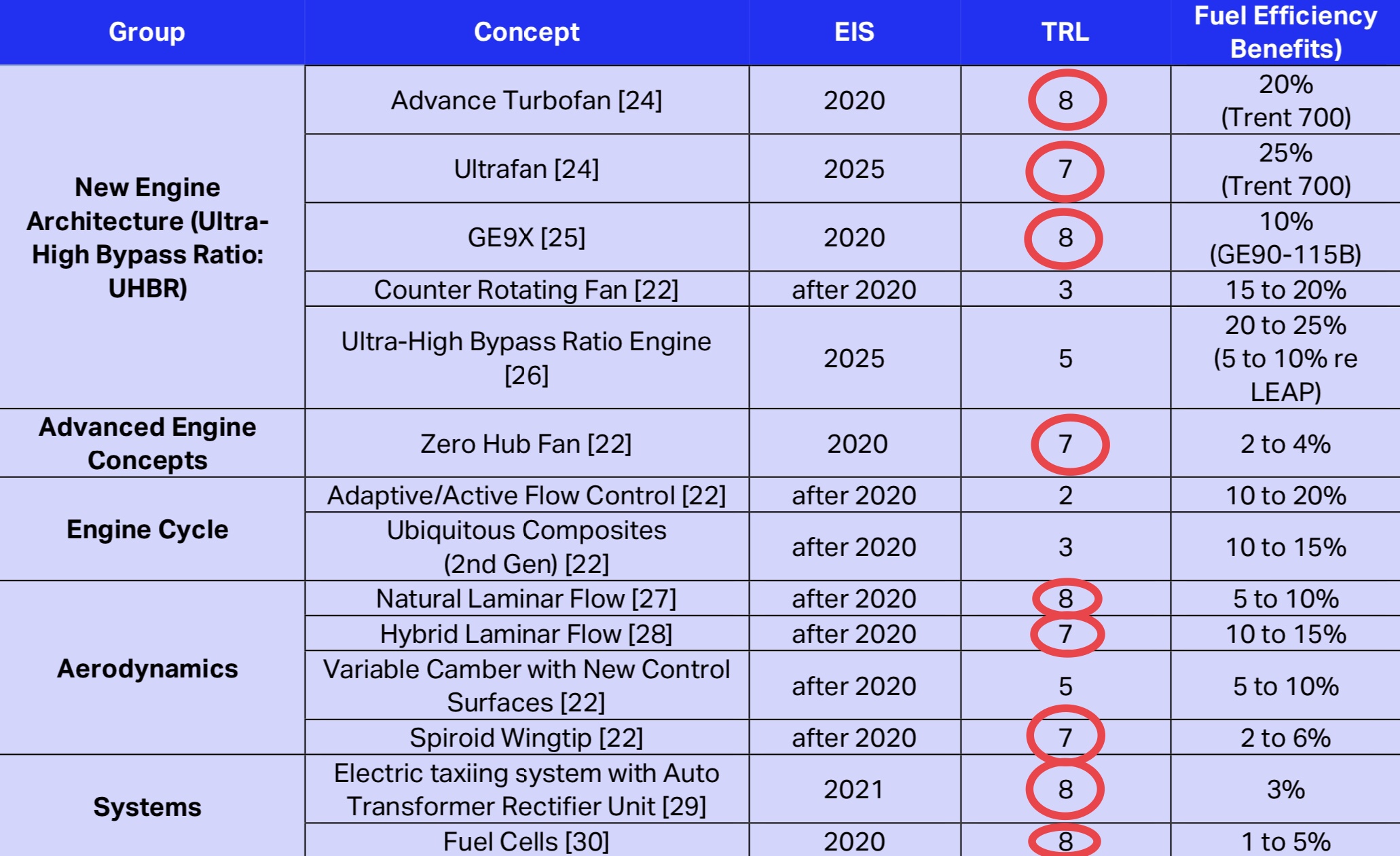
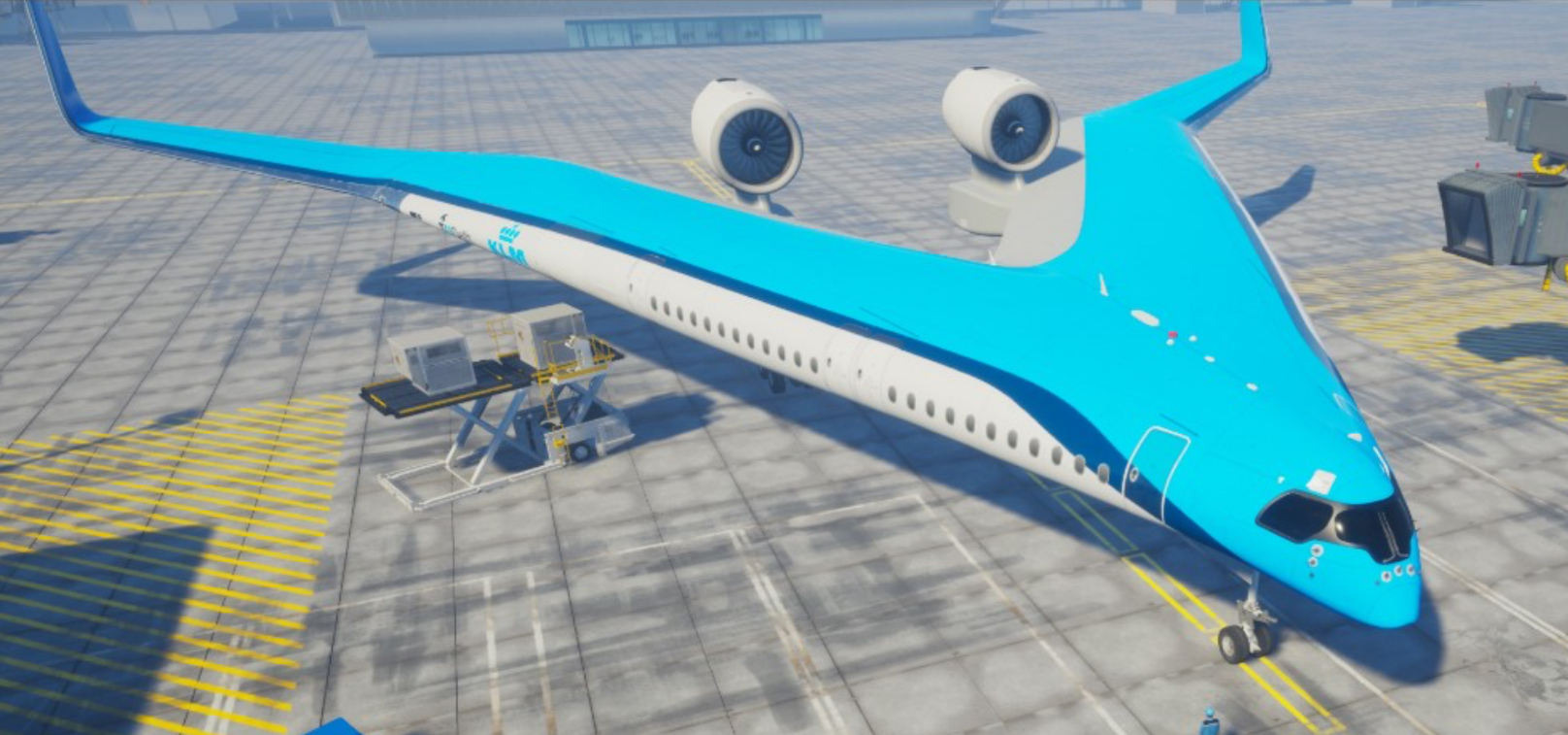
Please click below for a more details about the drag / required thrust formula

A = Area, is the cross-sectional area perpendicular to the oncoming air. E.g. a small object must overcome less drag than a large one of the same shape. Drag rises proportionally to the size of the area.
C = Drag Coefficient and is defined by the shape of the object. Drag rises proportional to the drag coefficient. Streamlined objects have less drag and therefore a lower drag coefficient. It is fairly constant unless at speeds close to the speed of sound.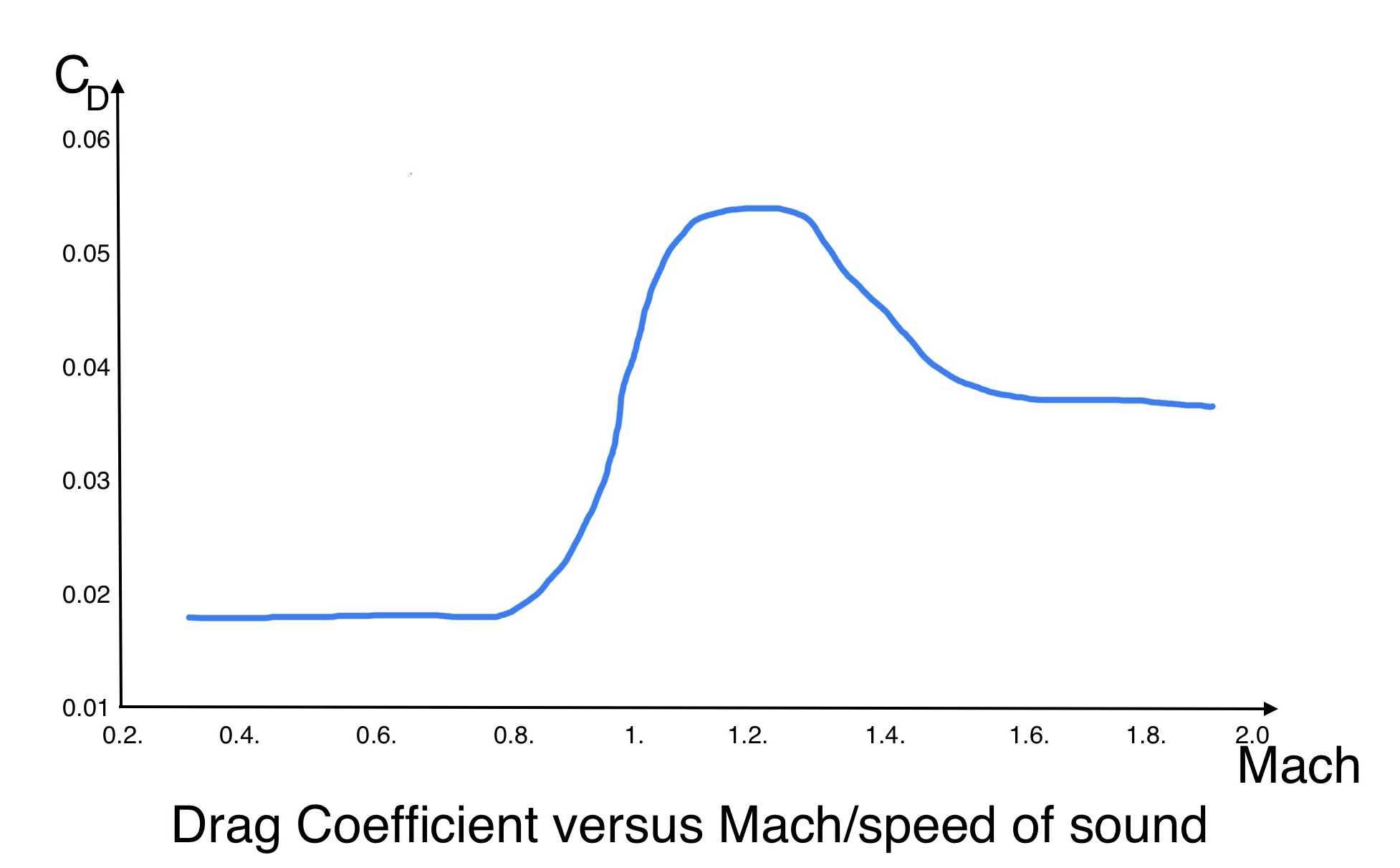
p = is the density of the air. That’s why aircraft always climb up to their greatest possible height for the cruise part of the flight. The much thinner air at great heights results in less oncoming drag.
v = Velocity has the greatest impact on an objects’ drag. Velocity squared stands for the fact, that the drag of an object rises exponentially: When the speed doubles, a 4 times higher drag will result.
At a given height, the drag of an object is proportional to its size A, its drag coefficient C, the air density p, however it rises (at speeds below 0.8 times the speed of sound) exponentially with speed resulting in a 4 times higher drag when speed doubles.
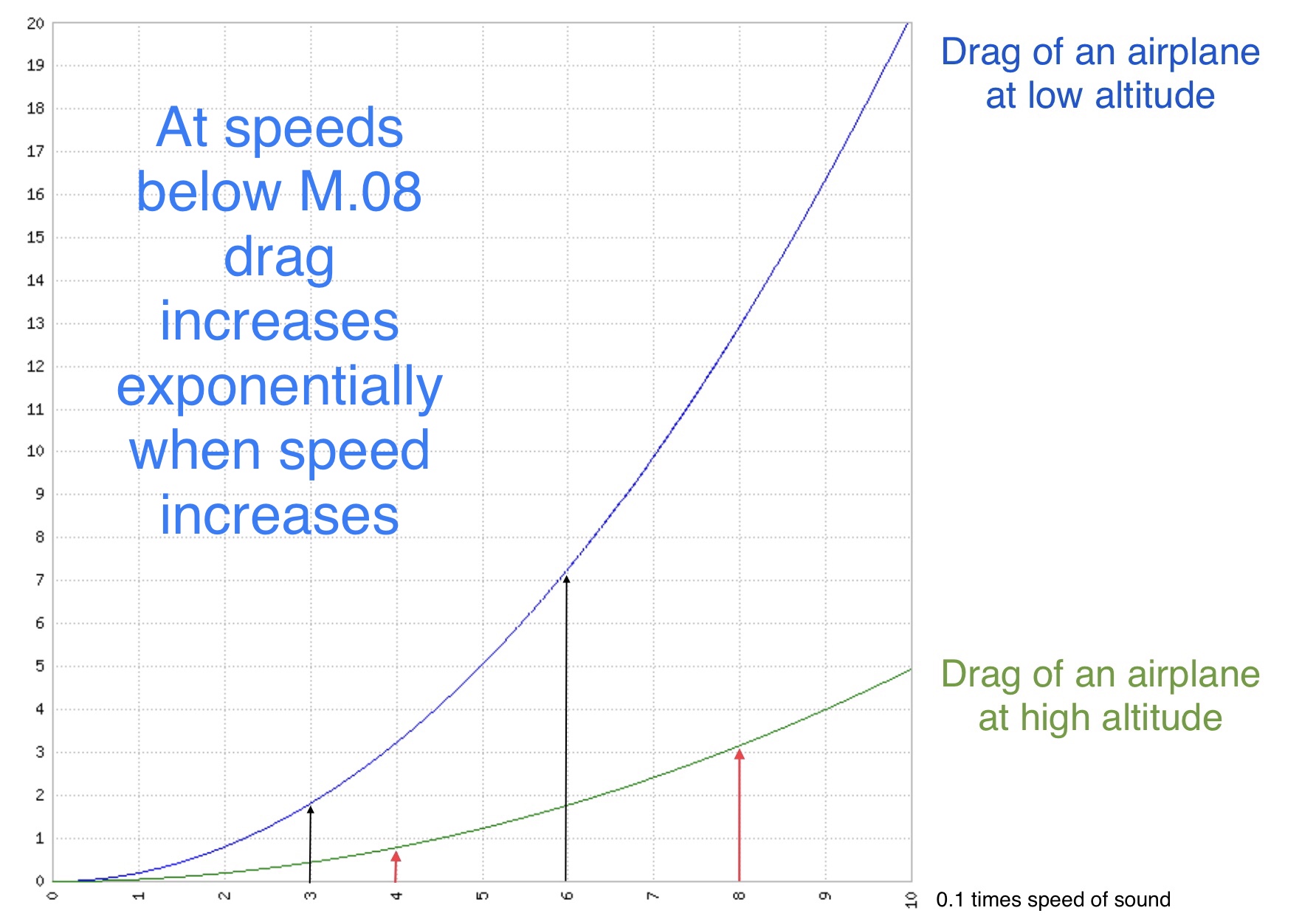
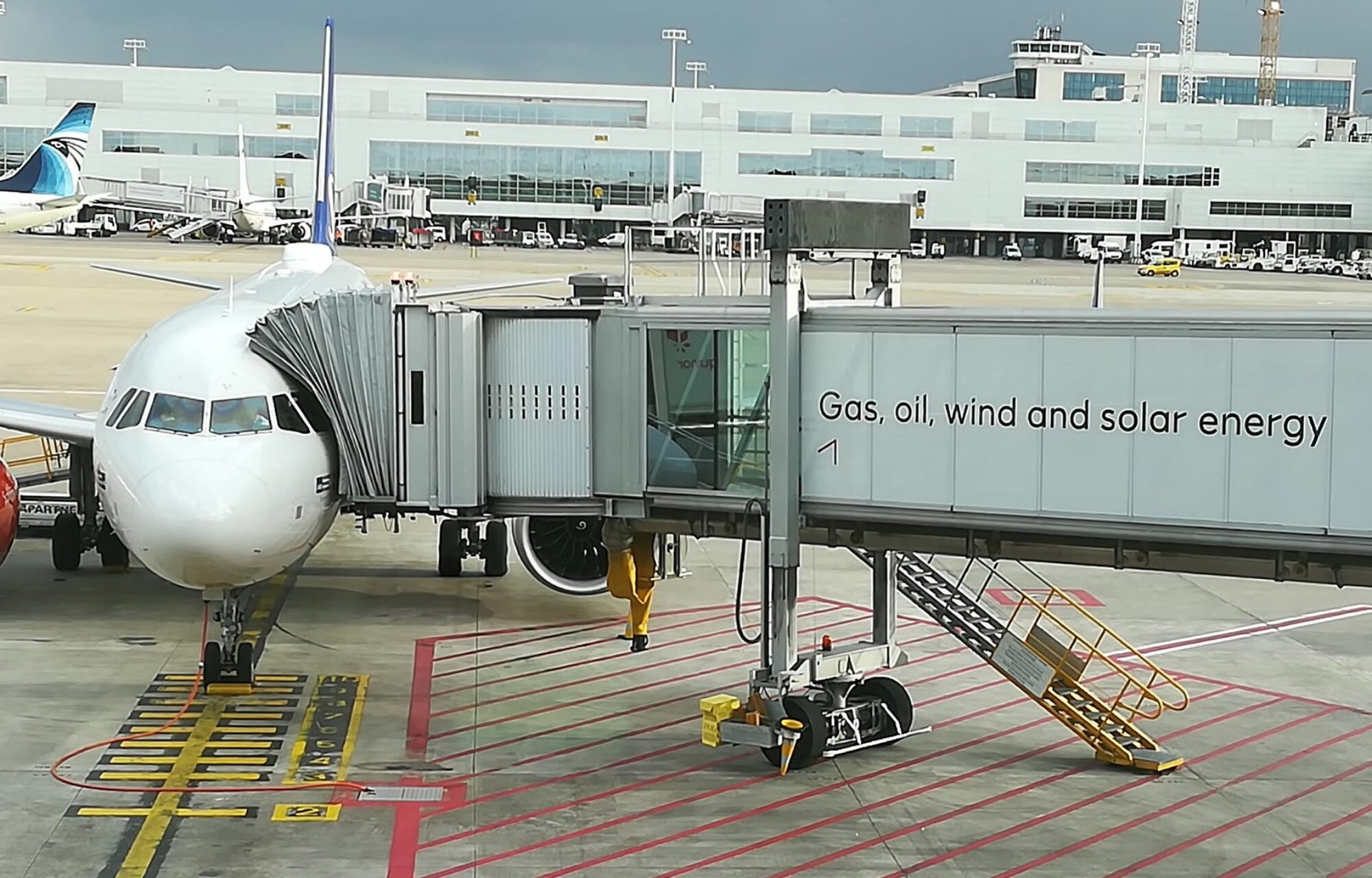
One Reply to “The price for kerosene defines the airliners that are built”